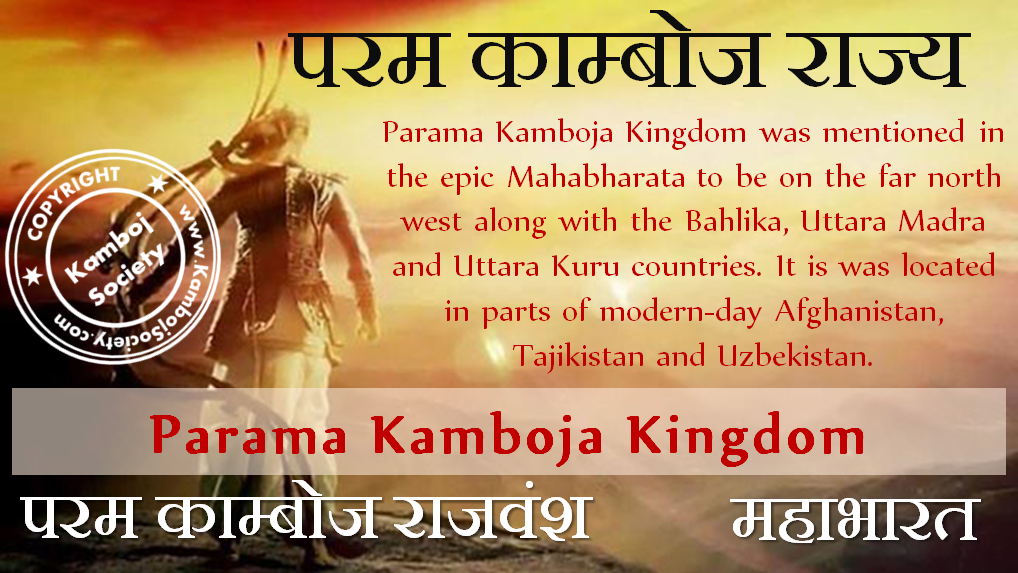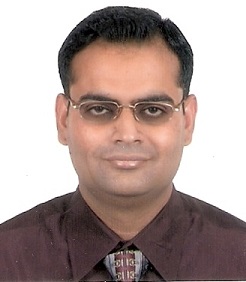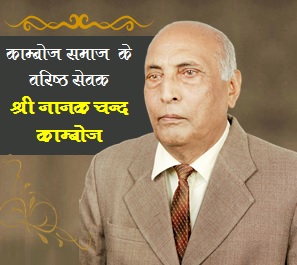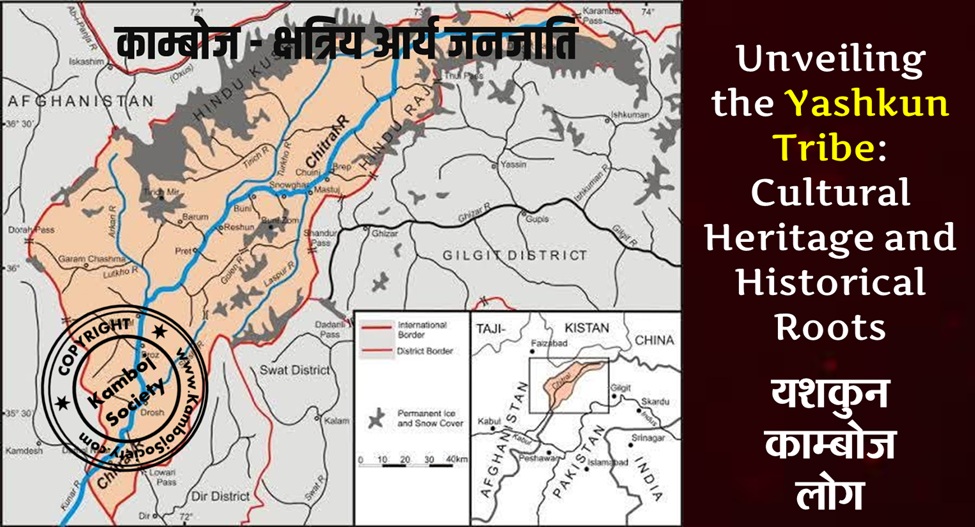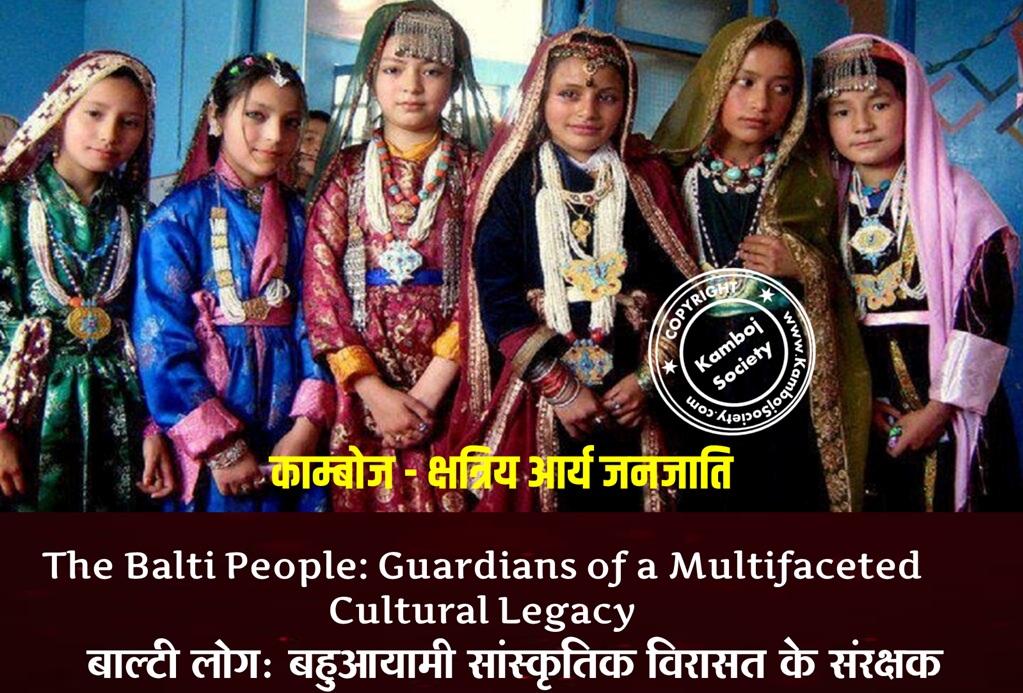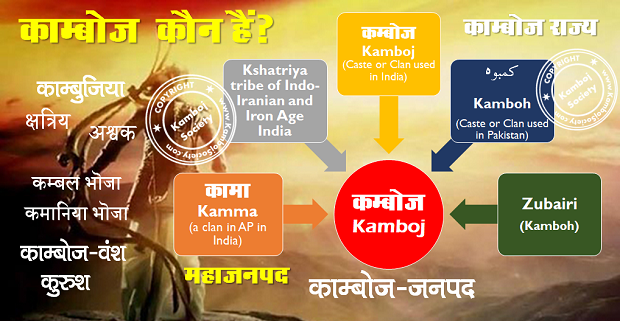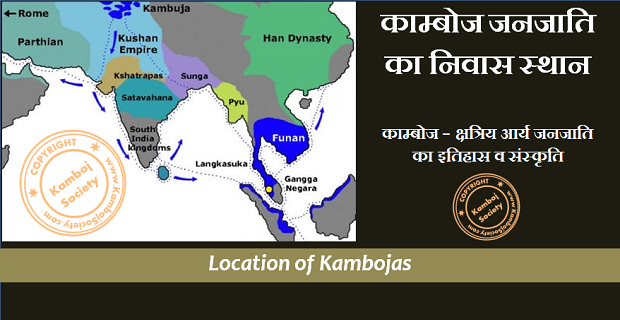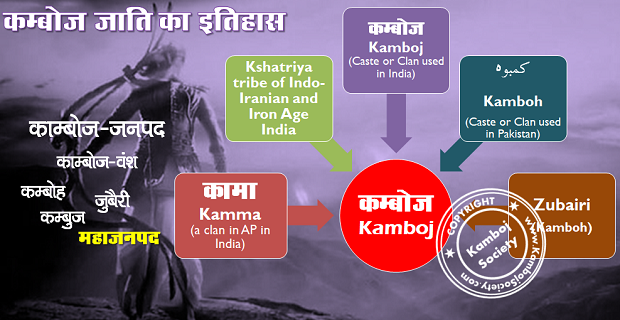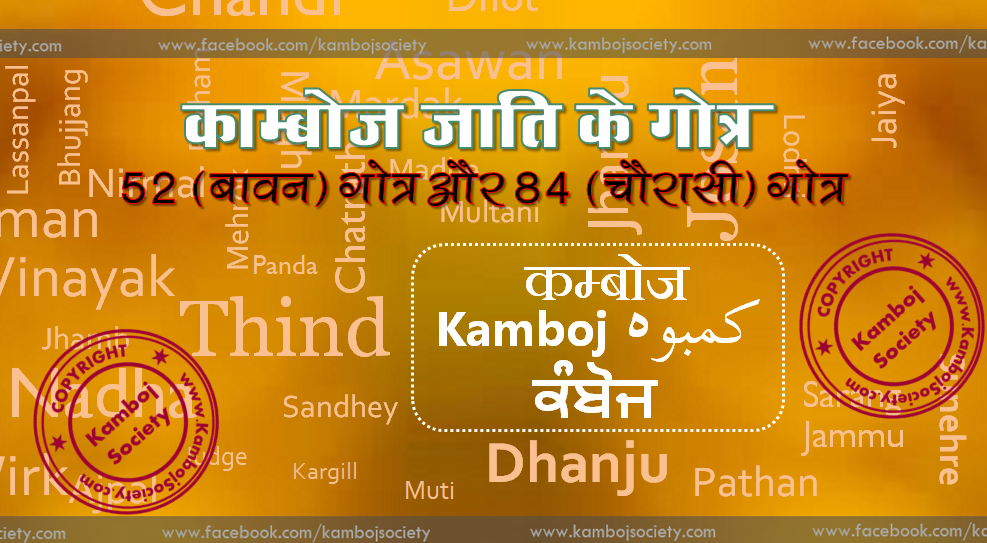Parama Kamboja Kingdom(??? ????????????) was mentioned in the epic Mahabharata (???????) to be on the far north west along with the Bahlika, Uttara Madra and Uttara Kuru countries. It is was located in parts of modern-day Afghanistan, Tajikistan and Uzbekistan.[1] A section of Paradas had moved to western India around Christian era and are referenced as Pardane in Ptolemy's Geography (Dr M. R. Singh).
Parama Kambojas in Kurukshetra War
Drona Parava (????? ????) of Mahabharata refers to 6000 soldiers from the Parama Kamboja group who had sided with the Pandavas (???????) against the Kauravas (??????) in the Kurukshetra war (???????????). They have been described as "very handsome, very fortunate Kambojas" (prabhadrakastu Kambojah),[2] extremely fierce, 'Personification of Death' (samanmrityo), fearful like Yama, the god of death and rich like Kuber i.e. god of treasure (Kambojah.... Yama. vaishravan.opamah: 7.23.42-44). The Prabhadrakas Prabhadrakas seems to be an elite army obtained by Panchalas from the Kambojas. They could also be a Panchala army-unit or a Panchala tribe, that got trained in cavelary warfare by the Kambojas. At (7,23.42-43) the Prabhadrakas were mentioned as hailing from Kamboja Kingdom. In MBH verse 7.23.43, as it can be seen from original Sanskrit text, the term Prabhadrakahas been used as a qualifier before the Kambojas:- Yuktaih Paramakambojairjavanairhemamalibhih.
- bhishayanto dvishatsainyan yama vaishravanopamah.||42||:prabhadrakastu kambojah shatsahasranyudayudhah.
- nanavarnairhayashreshthairhemachitrarathadhvajah. ||43||:sharavratairvidhunvantah shatrunvitatakarmukah.
- samanamrityavo bhutva dhrishtadyumnan samanvayuh.||44||: (MBH Gorakhpore Rec., 7.23.42-44)
References
- ? Dr Buddha Prakash maintains that, based on the evidence of Kalidasa's Raghuvamsha, Raghu defeated the Hunas on river Vamkshu (Raghu vamsha 4.68), and then he marched against the Kambojas (4.69-70). These Kambojas were of Iranian affinities who lived in Pamirs and Badakshan. Hiun Tsang calls this region Kiu.mi.to which is thought to be Komdei of Ptolemy and Kumadh or Kumedh of Muslim writers (See: Studies in Indian History and Civilization, Agra, p 351; India and the World, 1964, p 71, Dr Buddha Prakash; Ancient Kamboja, People and the Country, 1981, p 300, Dr J. L. Kamboj; India and Central Asia, 1955, p 35, P. C. Bagch).
- ? See: Ethnography of Ancient India, 1954, p 140, ROBERT SHAFER, Publishers: O. Harrassowitz, Ethnology. Also check up "Prabhadraka" in Monier-William Dictionary.
Books/References
- Mahabharata of Krishna Dwaipayana Vyasa, translated to English by Kisari Mohan Ganguli


